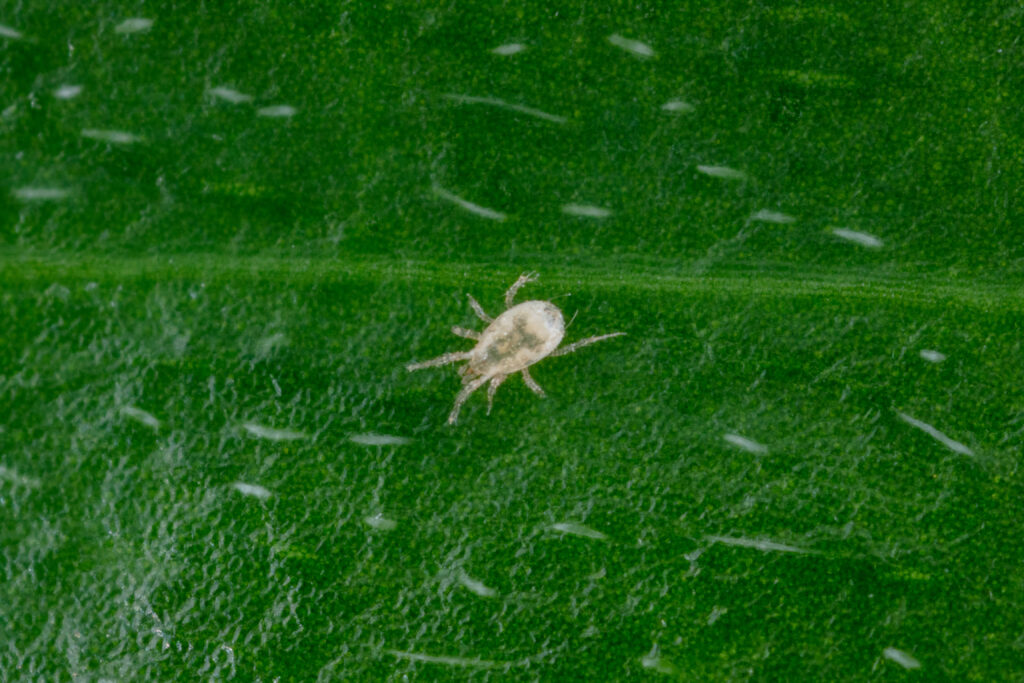
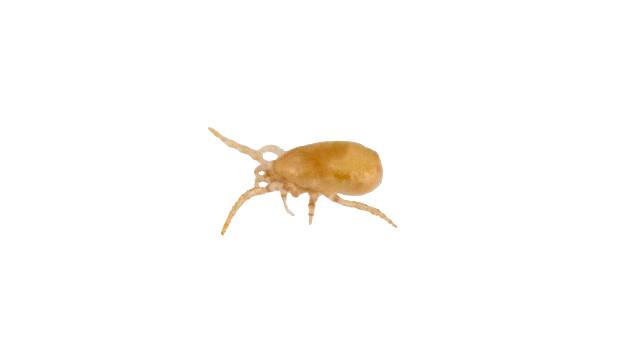
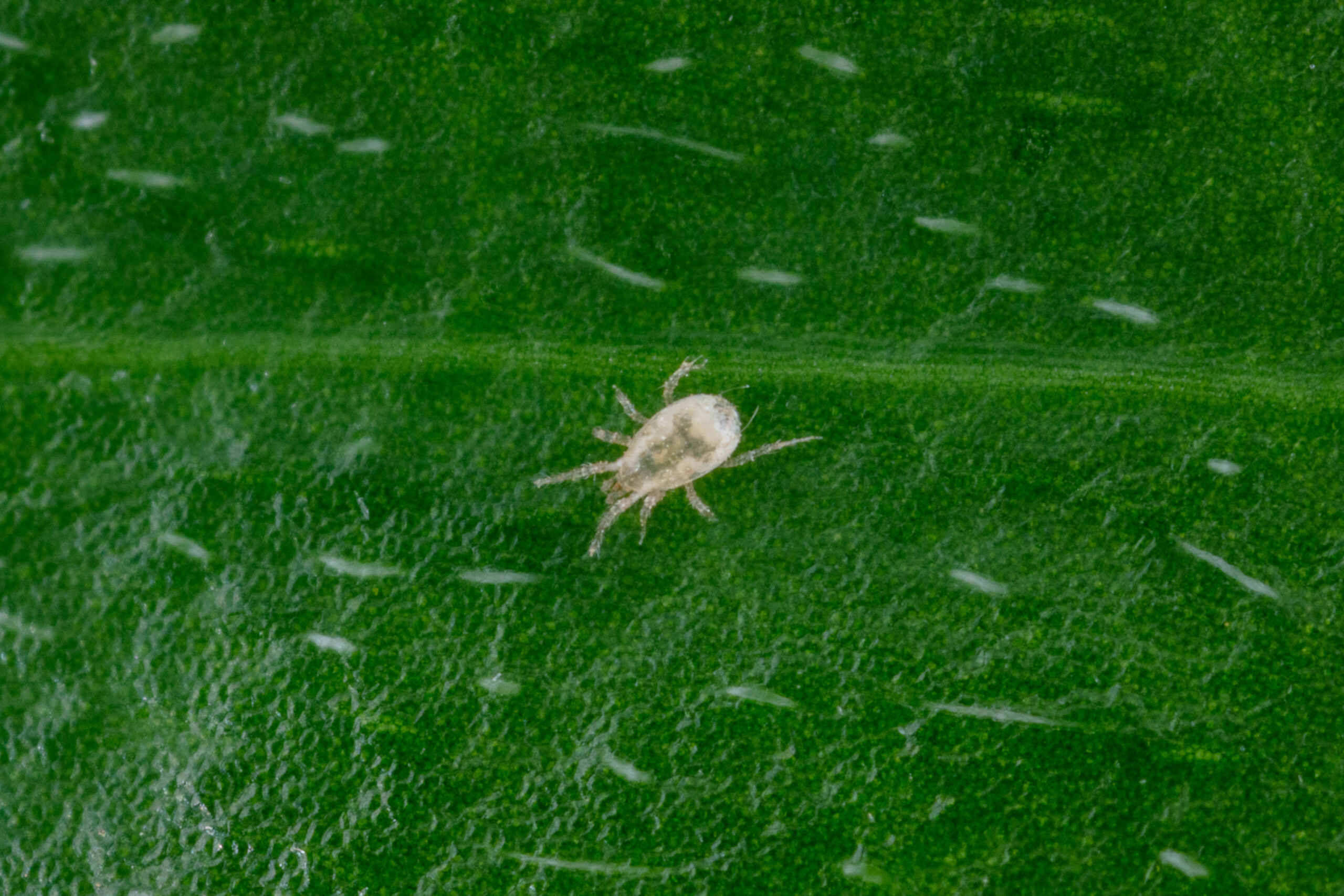

Amblyseius swirskii
| Description | Format | QTY | Price/each |
| Small sachet 250/2,500 on hooks | 100 sachets | Qty | US$ 86.00 |
| 25,000 individuals | Tube | Qty | US$ 114.00 |
| 50,000 individuals | Tube | Qty | US$ 156.00 |
| 125,000 individuals (all stages of development) | Container | Qty | US$ 383.00 |
| Small sachet 250/2,500 on hooks | 250 sachets | Qty | US$ 156.00 |
| Small sachet 250/2,500 on hooks | 500 sachets | Qty | US$ 284.00 |
| Add products to the cart | |||
Attention
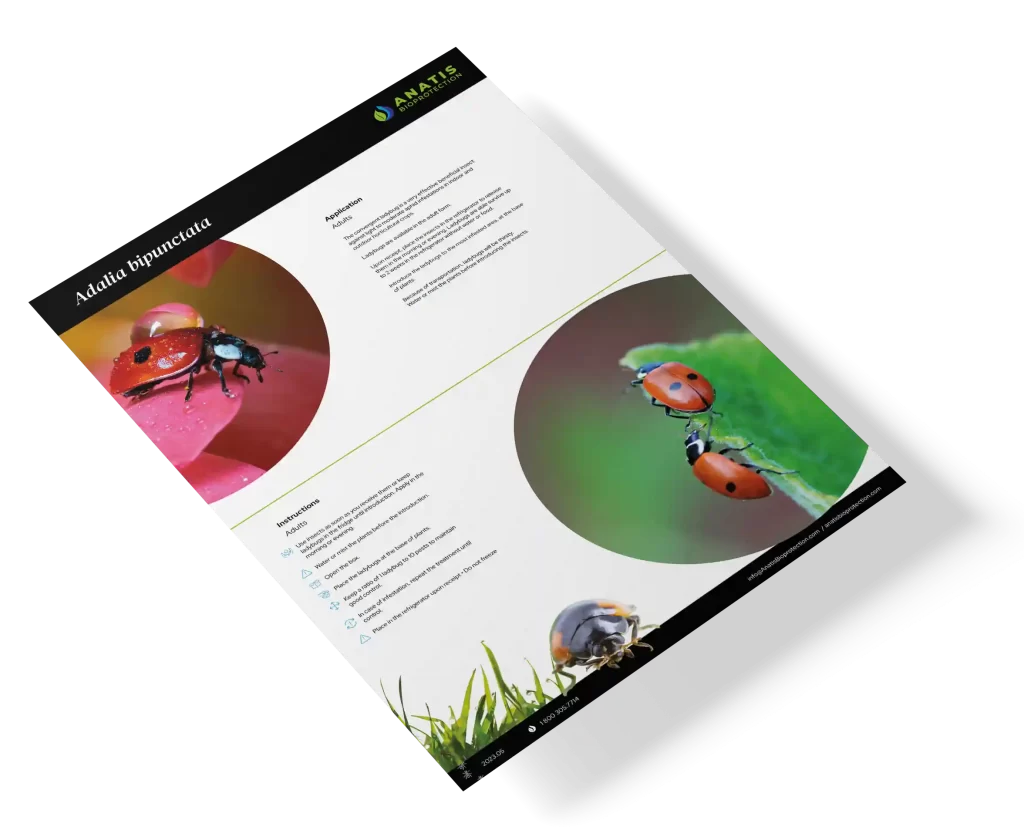

Technical sheet
DOWNLOAD IT NOW!Get easy access to all the information on this product by consulting its technical data sheet.

Targeted crops
- Ornamentals :
- Begonias
- Gerberas
- Roses
- Chrysanthemums
- Tropicals, etc.
- Potted beauties
- Hibiscus flowers,
- Poinsettias
- Anthuriums
- Vegetables :
- Cucumbers
- Eggplants
- Beans
- Small fruits :
- Strawberries
- Raspberries
- Blackberries
- Blueberries

Targeted pests
- Thrips
- Whiteflies
- Tarsonemus
- Spider mites

Application Instructions
Amblyseius swirskii can be applied loose in bulk or in sachets. For loose application, be sure to rotate the bottle gently to mix the mites and substrate carrier prior to opening the bottle, then sprinkle the equivalent of 1 tsp onto plants. Distribute all mites as evenly as possible.
Slow release sachets are water-resistant and contain a mixture of predatory mites, substrate carrier (bran), and flour mites. This allows the sachet to act as breeding pouch that gradually produces predatory mites for 4 to 6 weeks, depending on environmental conditions. Begin introducing the sachets once you receive plants or once they have been planted. Sachets are light sensitive, therefore it is important to position them within the plant foliage out of direct light. Improper application can reduce the longevity of the sachets.

Storage Instructions
To ensure the best quality of your products, make sure to store them in a cool environment (12-14°C or 54-57°F) for no longer than 1 to 2 days. Additionally, avoid exposure from light sources and maintain adequate ventilation when storing.
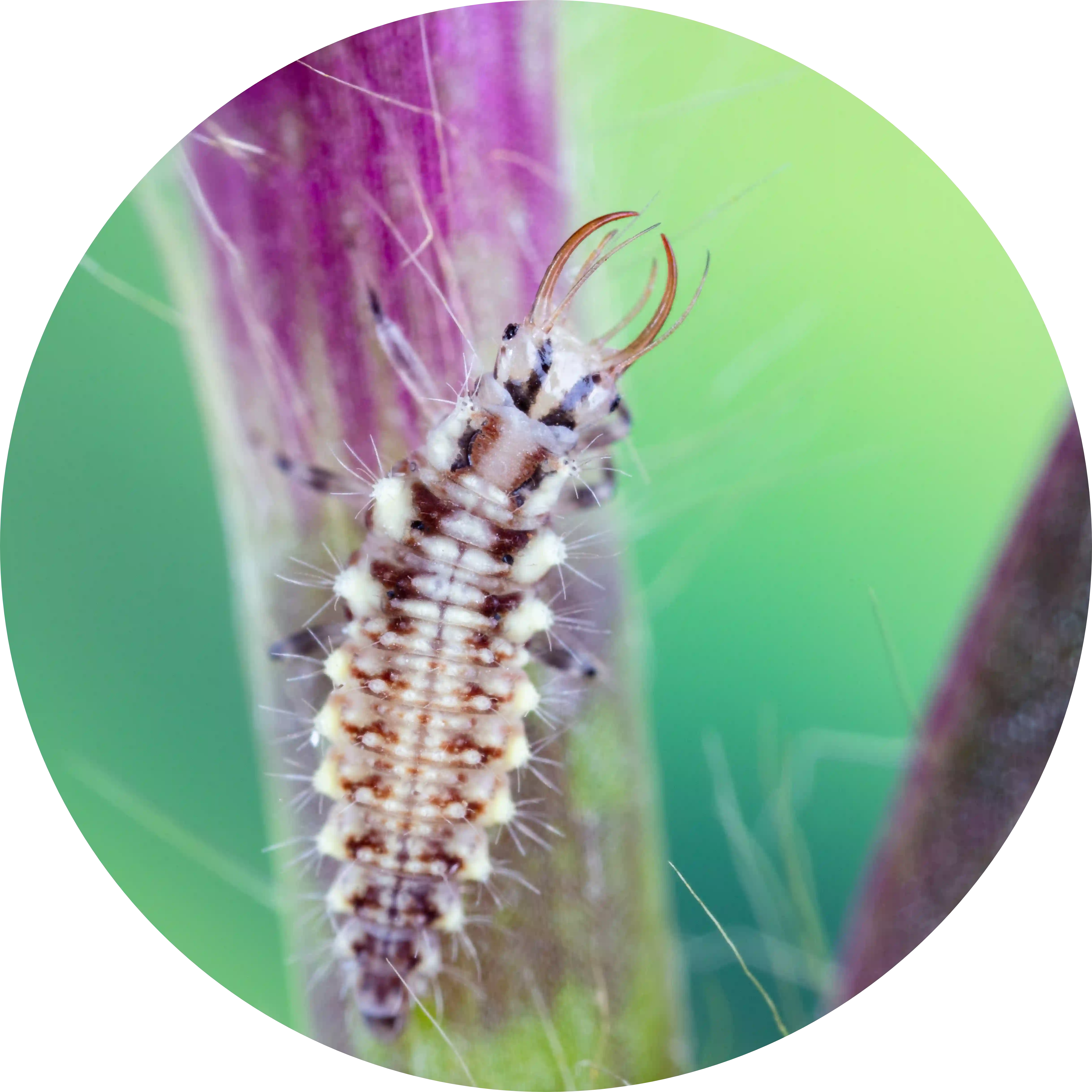




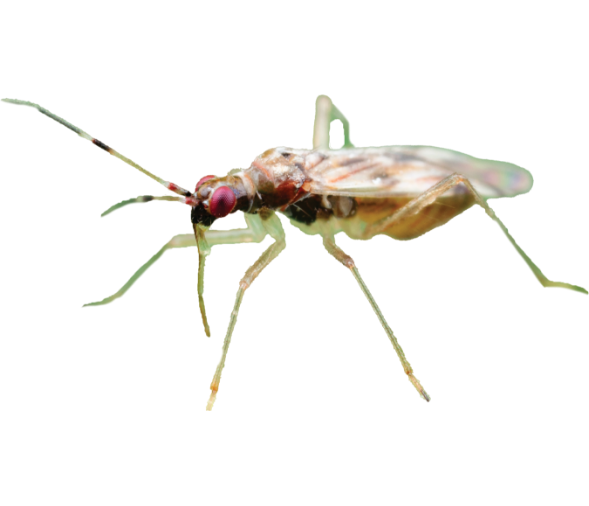

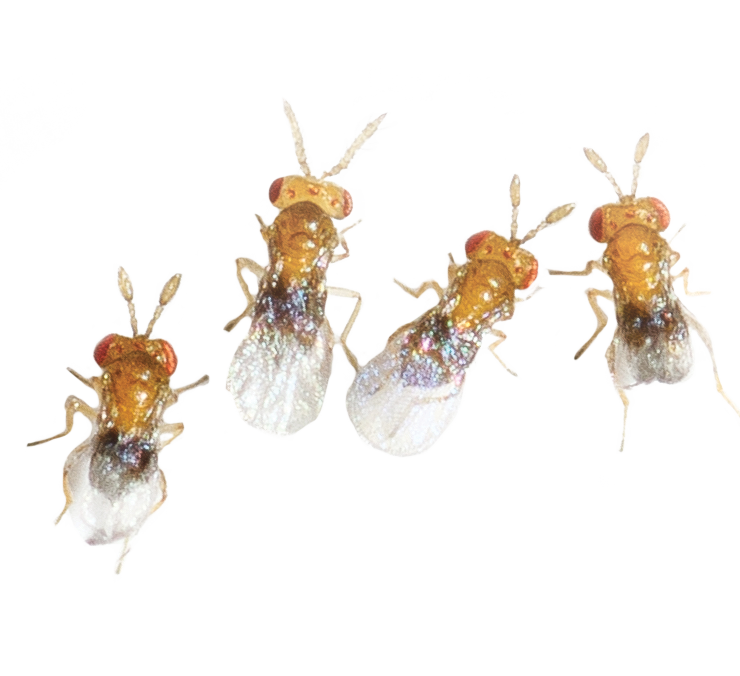
Description
Amblyseius swirskii is an incredibly effective small predator of many pests, providing a reliable and environmentally friendly biological control alternative to chemical treatments. Measuring approximatively 0.14 mm in diameter, these light brown mites are able to reproduce rapidly—with female Swirskii laying up to 40 eggs per day! Not surprisingly then, they have become widely utilized across agricultural and horticultural settings for their versatility at controlling various pest species such as thrips, whiteflies and other mite species. This predatory mite has demonstrated exceptional efficacy in crops cucumbers, peppers, tomatoes, strawberries, and plants ornamentals when temperatures are between 26-30°C. —Amblyseius swirksii has shown itself as one of nature’s most efficient predators!